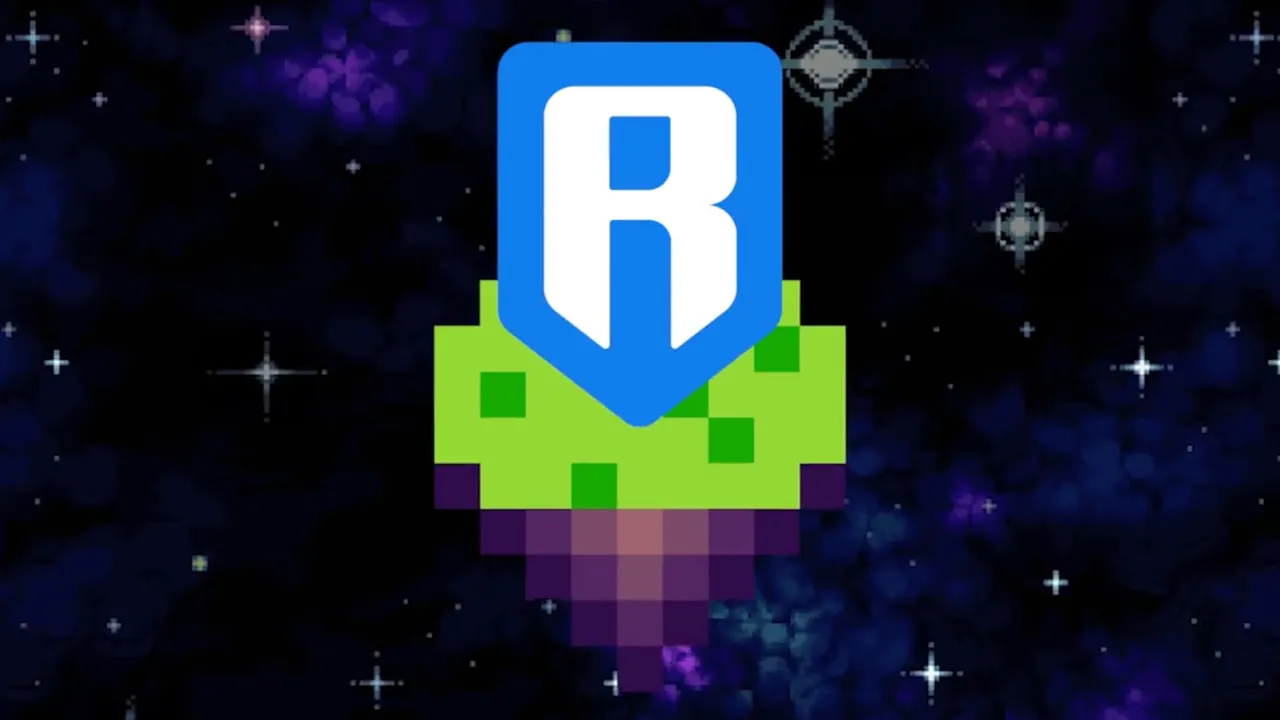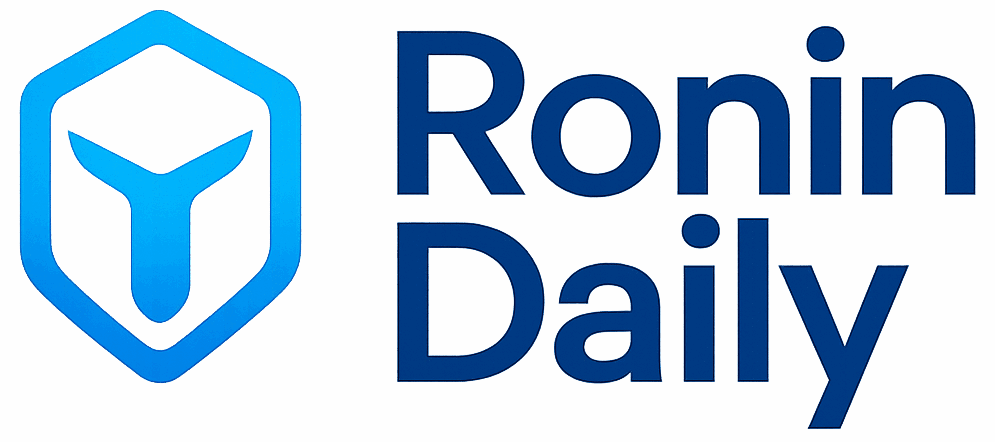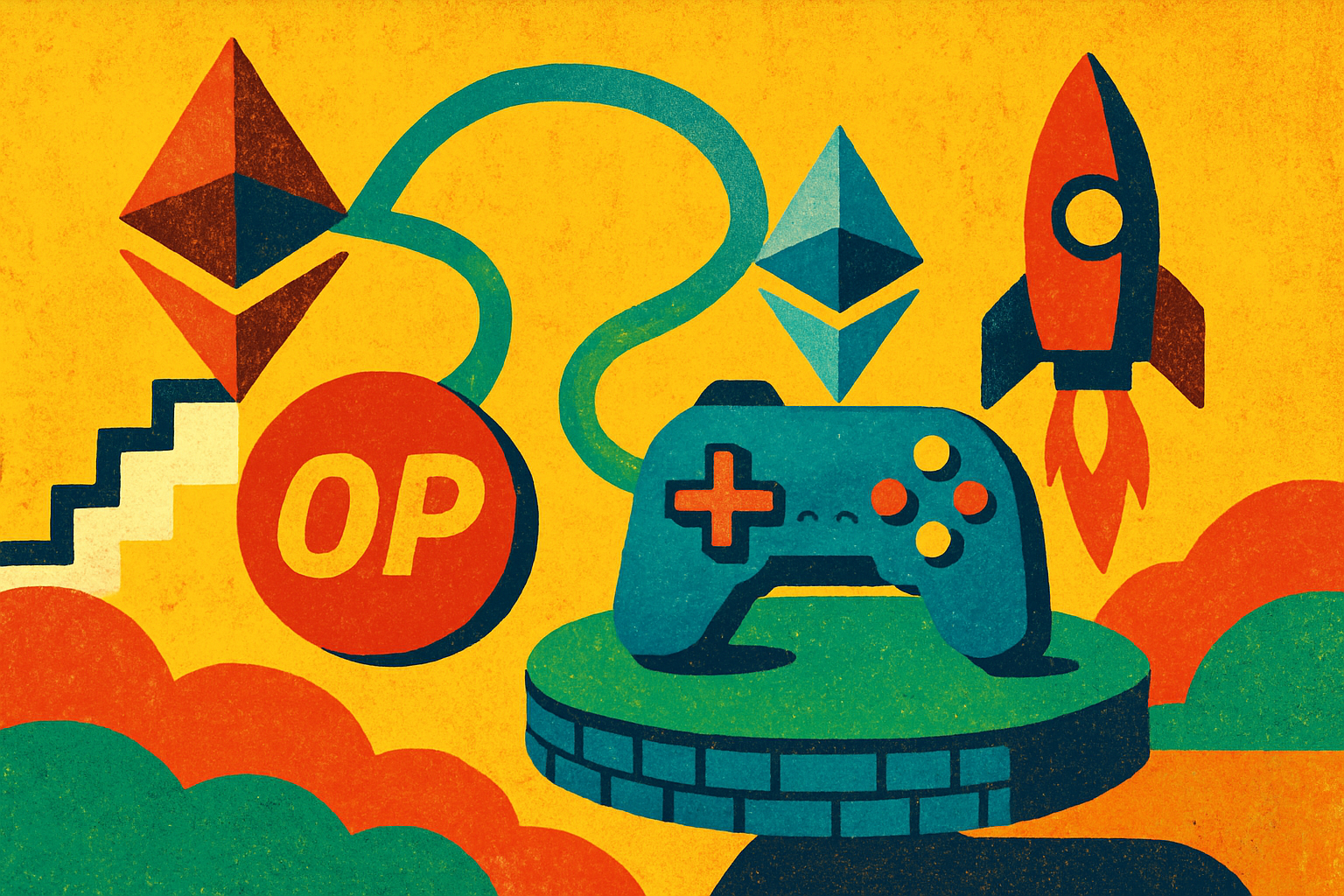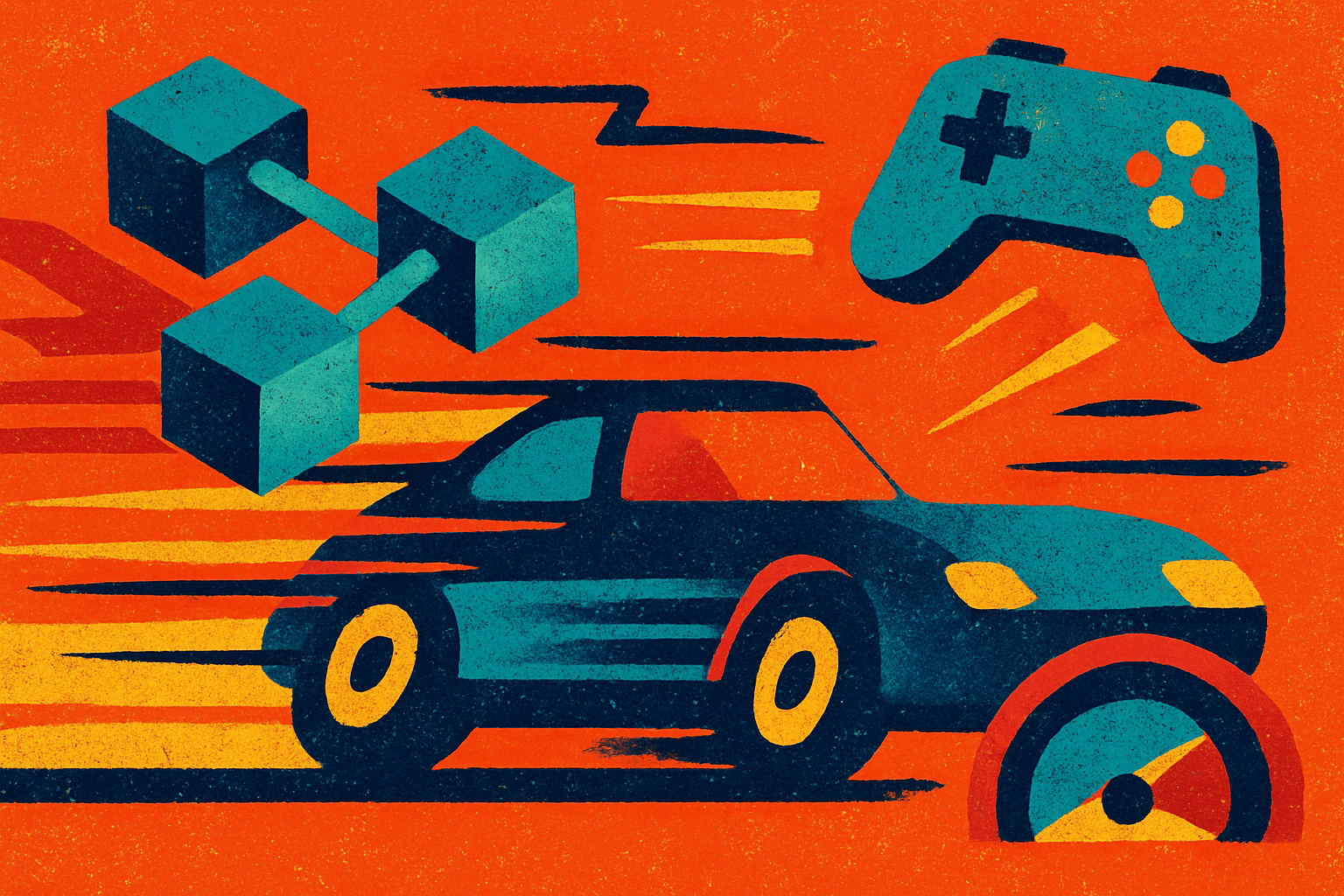
Ronin Network is rewriting the playbook for Web3 gaming by migrating from an Ethereum sidechain to a full-fledged Ethereum Layer 2 (L2) using Optimism’s OP Stack. This tactical shift, scheduled for completion by Q2 2026, sets the stage for a new era of speed, security, and interoperability in blockchain gaming. With block times as fast as 100,200 milliseconds and throughput scaling up to 1 million transactions per second, Ronin’s upgrade isn’t just incremental, it’s game-changing.
Why Ronin’s OP Stack Transition Is a Big Deal for Web3 Gaming
The Ronin Network OP Stack transition is more than a technical update, it’s a strategic pivot that positions Ronin as Ethereum’s go-to gamification engine. By leveraging Optimism’s modular architecture, Ronin will inherit Ethereum’s battle-tested security while slashing latency and transaction costs. For game developers and players alike, this means near-instant gameplay, seamless NFT minting, and DeFi actions that feel as responsive as Web2 platforms.
The latest market data underscores the momentum: RON is currently trading at $0.3757, reflecting cautious optimism as the ecosystem gears up for its L2 debut.
Key enhancements driving this transformation:
- Lightning-fast block times: 100,200ms blocks enable real-time gaming experiences.
- Massive scalability: Up to 1M TPS unlocks mainstream adoption potential.
- Ethereum-grade security: L2 design inherits mainnet-level protection via zk proofs.
- $7 million and in milestone grants: Funded by Optimism Foundation, Eigen Labs, and Boundless to accelerate developer onboarding and ecosystem expansion.
Superchain Integration: Unleashing Interoperability and Developer Incentives
The integration into the Superchain, a constellation of interoperable L2s like Base and Unichain, gives Ronin developers access to cross-chain liquidity, tooling, and user bases previously siloed on separate networks. This is not just about speed; it’s about network effects. Developers can now build games that tap into a broader ecosystem while leveraging unified standards and shared security models.
The impact? Expect an influx of new projects spanning not only play-to-earn games but also SocialFi apps, tokenized collectibles, and gamified DeFi protocols, all supercharged by seamless composability across the Superchain landscape.
The RON Token: Powering the Next Phase of Growth
RON remains at the heart of the network post-migration, continuing its role as the native gas token. As transaction volumes surge with faster block times and expanded use cases, demand pressure could push RON into new price territory. The current price of $0.3757 will be closely watched by traders betting on increased utility and ecosystem growth following L2 integration.
Ronin (RON) Price Prediction 2026-2031
Professional Analyst Forecasts Following Ronin’s Migration to Ethereum Layer 2 with OP Stack
| Year | Minimum Price | Average Price | Maximum Price | % Change (Avg YoY) | Key Scenario Insights |
|---|---|---|---|---|---|
| 2026 | $0.38 | $0.55 | $0.90 | +46% | L2 migration complete; early adoption by new Web3 gaming projects drives demand. |
| 2027 | $0.50 | $0.85 | $1.40 | +54% | Broader Web3 gaming expansion; increased developer participation; RON staking and DeFi use cases grow. |
| 2028 | $0.70 | $1.10 | $1.85 | +29% | Ronin secures 10-15% of blockchain gaming market; NFT and SocialFi integrations accelerate. |
| 2029 | $0.95 | $1.40 | $2.30 | +27% | Mainstream gaming partnerships; bullish cycle lifts gaming tokens; regulatory clarity improves investor sentiment. |
| 2030 | $1.15 | $1.70 | $2.75 | +21% | Ronin captures up to 20% of $50B blockchain gaming market; Superchain interoperability reaches critical mass. |
| 2031 | $1.25 | $1.90 | $3.10 | +12% | Mature L2 ecosystem; global Web3 gaming adoption stabilizes growth; competition from other L2s tempers upside. |
Price Prediction Summary
Ronin (RON) is expected to see substantial growth following its transition to an Ethereum Layer 2 using Optimism’s OP Stack. The move will likely catalyze adoption, attract developers, and position Ronin as a leader in Web3 gaming infrastructure. Price appreciation is anticipated to be strongest post-migration (2026-2027), with growth moderating as the ecosystem matures and competition intensifies. Investors should consider the broad min/max range, reflecting both bullish adoption scenarios and potential market or regulatory headwinds.
Key Factors Affecting Ronin Network Price
- Successful completion and adoption of Ronin’s L2 migration and OP Stack integration
- Market expansion of blockchain gaming and Web3 applications
- Developer and user growth within the Ronin ecosystem
- Ability to secure partnerships and become Ethereum’s gamification engine
- Broader crypto market cycles and Bitcoin price trends
- Competition from other Layer 2 networks (e.g., Arbitrum, Optimism, Polygon, ZKsync)
- Regulatory developments impacting gaming tokens and L2 solutions
- Security, scalability, and interoperability improvements via Superchain
Disclaimer: Cryptocurrency price predictions are speculative and based on current market analysis.
Actual prices may vary significantly due to market volatility, regulatory changes, and other factors.
Always do your own research before making investment decisions.
This transition isn’t just technical, it’s financial. With up to $7 million in grants flowing into developer hands, expect rapid innovation cycles as teams race to leverage Ronin’s new capabilities for scalable gaming dApps.
Paving the Way for Scalable On-Chain Gaming
The move from sidechain to Ethereum-aligned L2 addresses two critical pain points in Web3 gaming: scalability bottlenecks and fragmented security assumptions. By aligning with Ethereum through OP Stack, and plugging directly into its validator set, Ronin transforms from an isolated network into a high-throughput powerhouse built for mass adoption. For more on how these upgrades impact Web3 gaming scalability, check out our deep dive at this link.
Developers and studios are already eyeing Ronin’s new infrastructure for its ability to support complex, high-frequency in-game economies and massive multiplayer worlds. With sub-200ms finality, the days of laggy NFT mints or slow DeFi settlements are over. For players, this means real-time ownership, tradable assets, and gameplay that feels as fluid as traditional gaming – but with all the benefits of on-chain transparency and composability.

Security is no longer a trade-off for speed. By inheriting Ethereum’s security via zk proofs and the OP Stack’s modular upgrades, Ronin closes the gap between user experience and institutional-grade protection. This is a major confidence boost for both indie devs launching their first NFT game and established publishers scaling up to millions of users.
What Superchain Means for Builders, Players, and the Industry
The Superchain vision isn’t just buzz – it’s a tactical shift in how networks collaborate. Now, games built on Ronin can seamlessly interact with dApps on Base or Unichain without bridges or clunky swaps. Imagine earning an NFT in a Ronin-powered RPG, then instantly using it in a DeFi protocol or marketplace on another L2. That’s network composability at scale.
- For developers: Unified standards mean faster shipping cycles and lower integration costs.
- For gamers: Assets move freely across titles and financial protocols.
- For investors: The ecosystem effect could drive exponential user growth as more projects go live.
The $7 million milestone grant pool is already attracting top-tier teams eager to push the limits of what’s possible in Web3 gaming. Expect an arms race of innovation as these incentives roll out through 2026.
RON Price Dynamics: Eyes on $0.3757
With RON trading at $0.3757, market sentiment is shifting from speculative hype to fundamentals-driven accumulation. As L2 adoption ramps up, increased transaction throughput will likely translate into higher demand for RON as gas – especially if flagship games or SocialFi apps gain traction quickly after launch.
This isn’t just about price speculation; it’s about utility-driven value capture across an expanding ecosystem. Keep tabs on developer activity and mainnet milestones to anticipate momentum shifts before they’re priced in.
Ronin L2: The New Standard for Web3 Gaming Scalability
The Ronin Network OP Stack transition marks a decisive leap forward for Ethereum Layer 2 gaming infrastructure. By combining ultra-fast block times with cross-chain interoperability and robust security guarantees, Ronin sets a new bar for what blockchain-powered gaming can achieve in 2026 and beyond.
If you’re building or investing in Web3 gaming, now is the time to pay attention – the next wave of breakout hits will be forged atop networks like Ronin that deliver both speed and trust at scale. For deeper analysis of how this migration transforms scalability for developers and users alike, read our tactical breakdown at this link.



